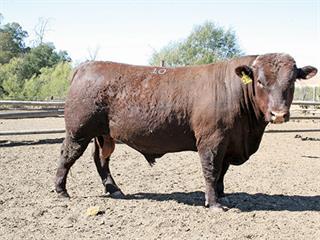The angle of the hoof as it meets the ground has implications for your horse’s balance, performance and overall wellbeing, writes Kim Dyson.
The relationship between hoof balance and its effect on performance often can’t be identified while the horse is standing still, but the results are noticeable when it moves. As your horse moves from walking to trotting and then cantering you’ll be aware of where and when it puts down its hooves. Observing this will give you insight to help decode the way you feel when riding.
It also helps to video tape the movement of your horse’s gait on a straight, level surface from different angles, such as from the front and behind. You’ll be able play the tape back slowly and see exactly how the hoof lands and how high the legs are raised. Of course, if there’s lameness your vet should be brought in, but because hoof examination is usually reserved for your farrier it might be wise to get both of them involved, especially if the cause of bad balance isn’t obvious.
Hoof angle
Depending on the situation, your farrier may want to elevate or lower the angle of the hoof from what is considered normal, to help relieve tension. However, very often the manipulation of these angles doesn’t help change gait patterns. In some cases the changes may cause undesired strain on lower-leg support structures. For example, when you lower the heel or the toe is raised, the deep digital flexor tendon is put under strain, which in turn increases break-over time, which changes the position of the joints below the knee, especially when the leg is taking the weight of the whole body.
Unfortunately the results of the farriers’ changes are usually only seen later in training as the horse adjusts to them. Race horses are renowned for having flat feet with no heel and some native ponies are boxy in the hoof. The favourite hoof shape is between the two.
Better balance
Sheared heels, distorted hoof walls, chronic heel pain and hoof cracks may be associated with improper mediolateral hoof balance, and are often the result of inconsistent force, routinely or intensely exerted on either side of the hoof.
If the hoof lands on the inside there will be strain on the inside of the pastern joint and the inside of the fetlock, straining all the ligaments holding these joints in place. It’s good to buy a horse with good leg conformation or, as many horse people say, “straight legs”.
Farriers seem to be divided about how to approach a crooked-legged horse. The more traditional approach usually results in soundness. Think of hoof balance in the same way as your car’s wheel alignment. If the frame of the car isn’t straight the wheels never align. It’s important to discuss the options with your farrier and see what makes sense for your horse and its conformation.
Contact Kim Dyson on 082 888 6511. |fw









